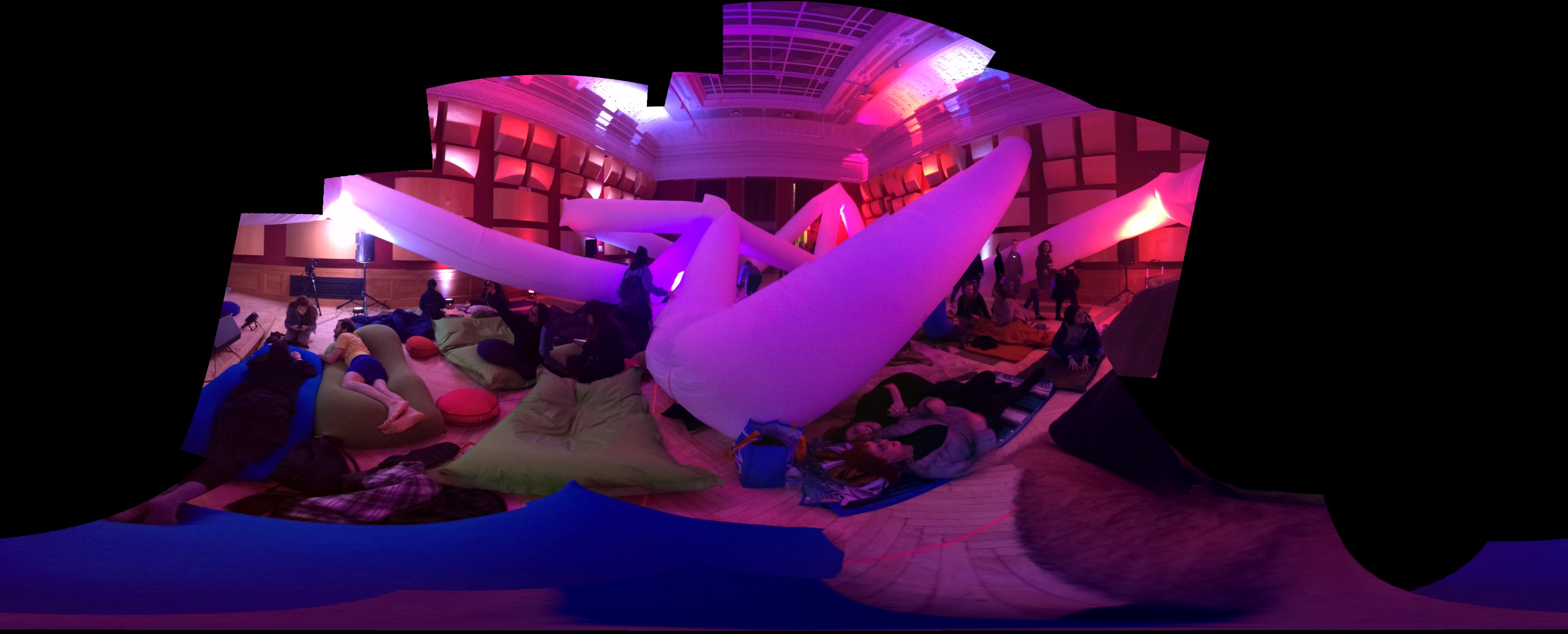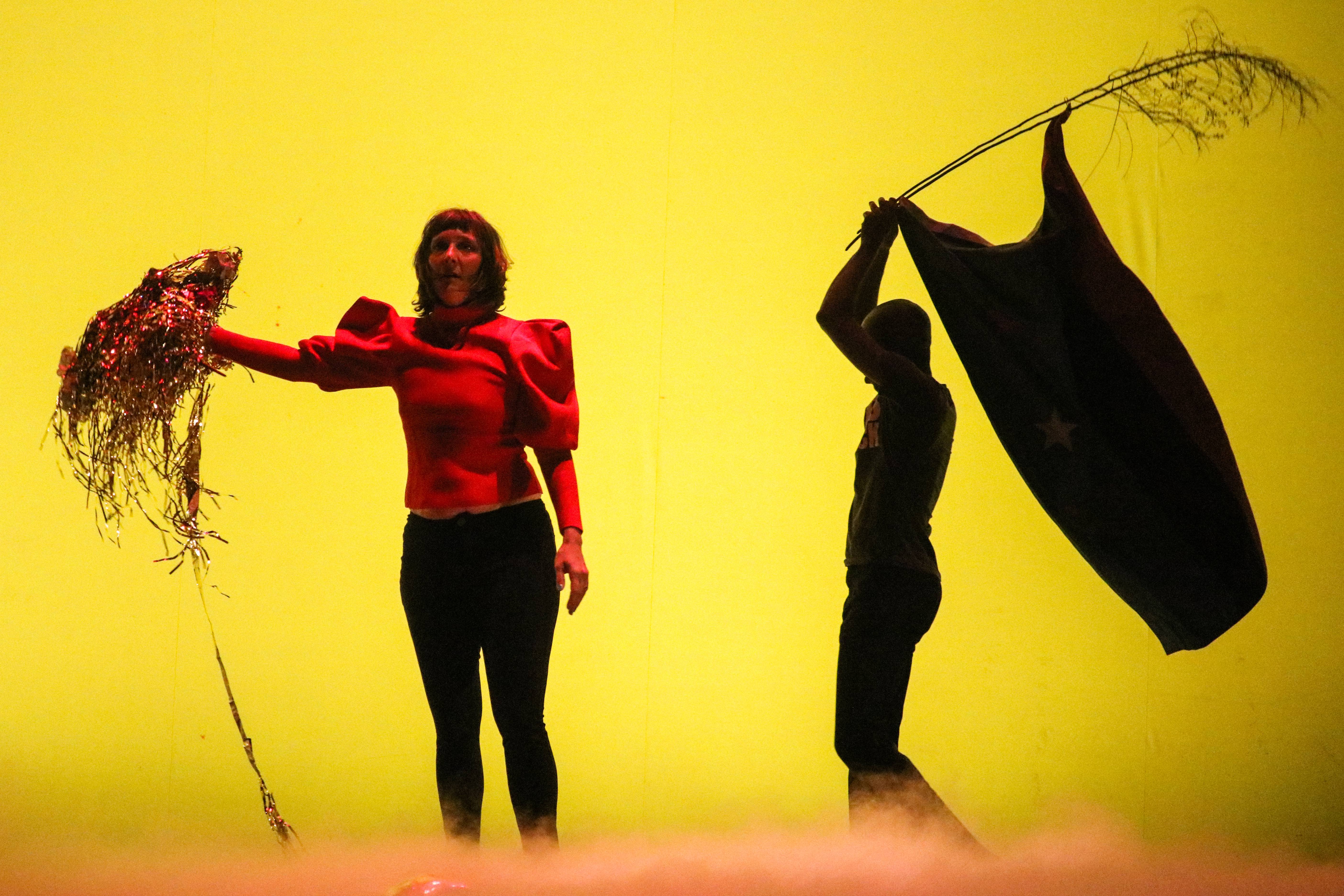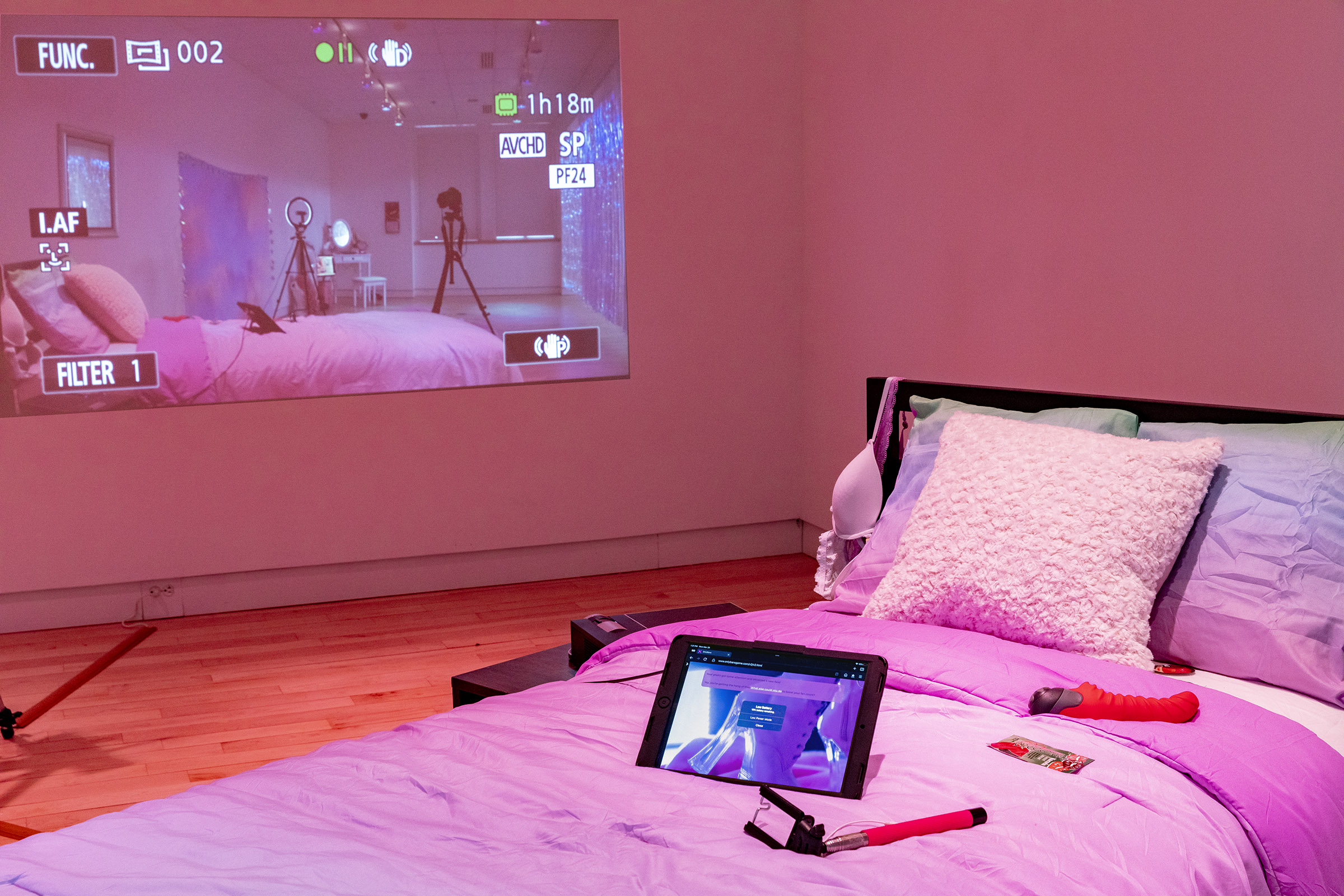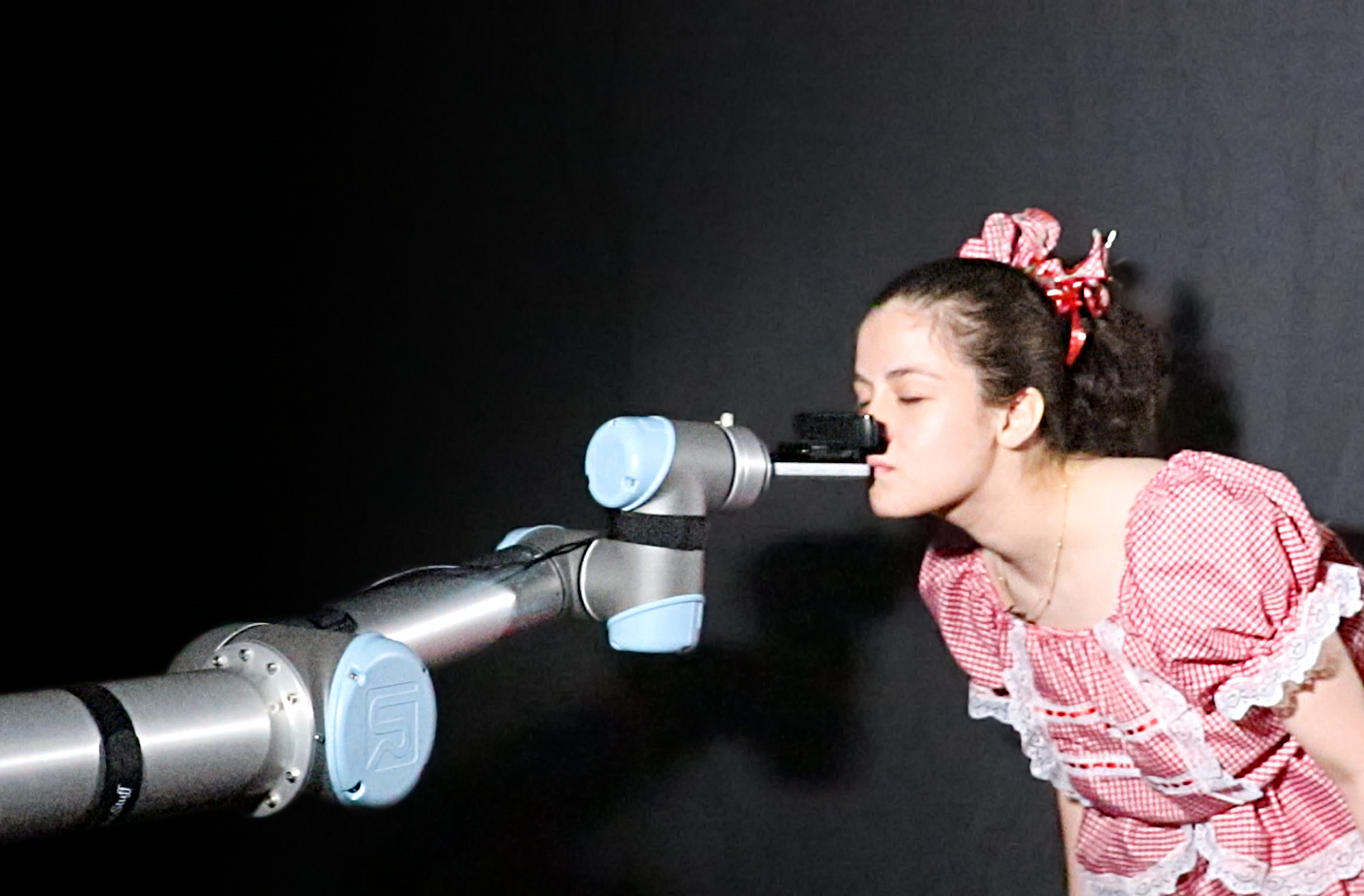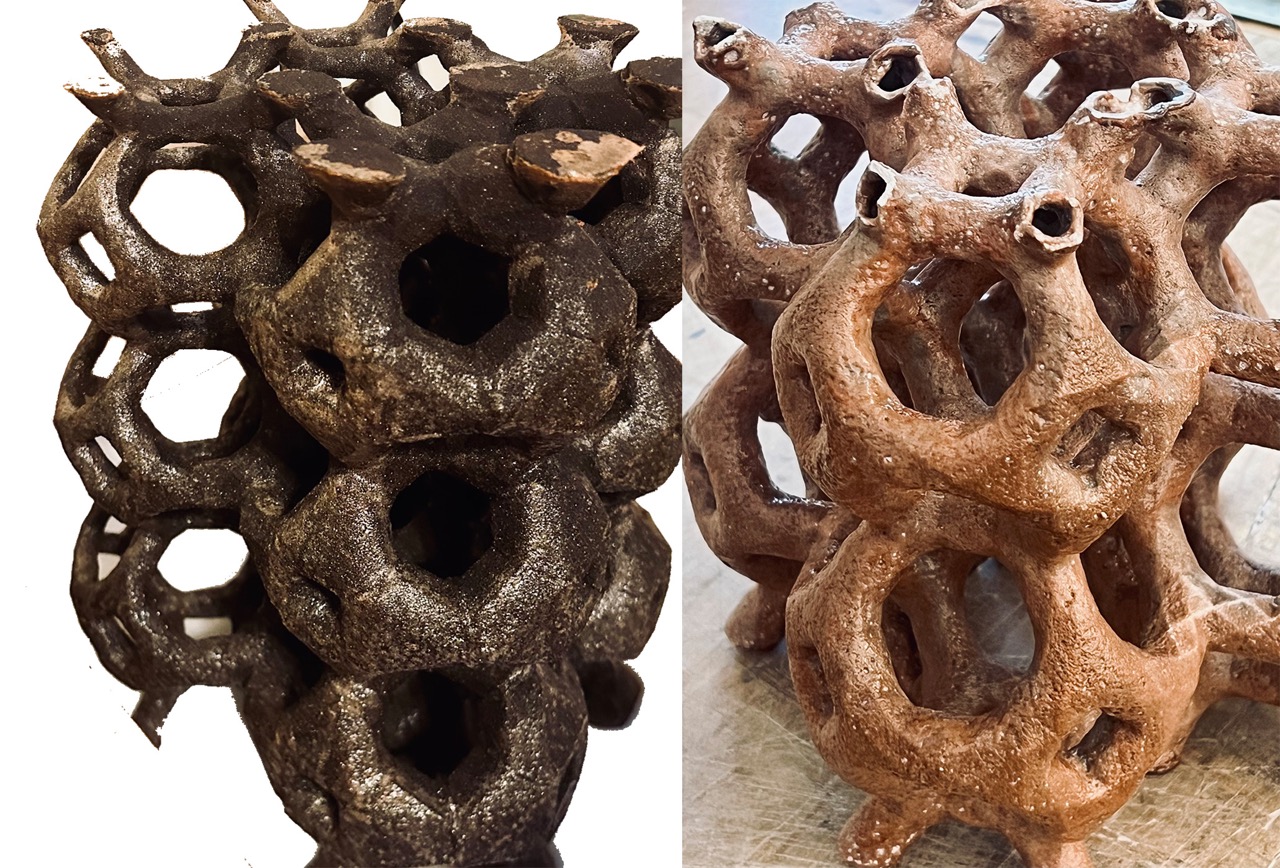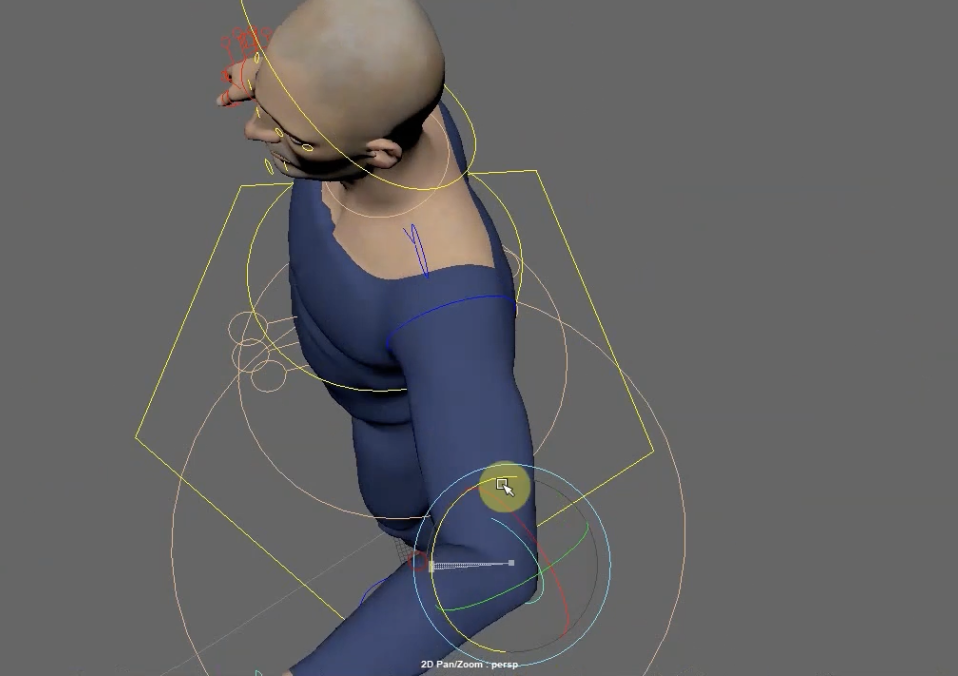Professor Emeritus Lowry Burgess, 1940-2020
Professor Emeritus Lowry Burgess, former dean of the College of Fine Arts, passed away Tuesday, January 28, at his home in Melbourne, Florida. Burgess also was a Distinguished Fellow in the Frank-Ratchye STUDIO for Creative Inquiry, which he co-founded, and was one of the few pioneers of the Space Art movement. The STUDIO, the School of Art and CFA family mourns the loss of a true trailblazer.
An internationally renowned artist, Lowry created the first art payload taken into outer space, which was carried aboard NASA’s Space Shuttle Discovery in 1989. For nearly half a century, Burgess had also been a cornerstone of Carnegie Mellon University’s School of Art. He retired in 2017 but remained committed to art, space, and Carnegie Mellon. During his time at CMU, Burgess helped shape how the university approached art education. His collaborative approach pushed contemporary artistic practice forward and helped shape generations of artists and thinkers.
“We will miss Lowry’s unique insights, among many other traits that made him a treasured part of the School of Art and the College of Fine Arts,” said Dan Martin, dean of the College of Fine Arts. “Our thoughts are with his family and friends, and we look forward to celebrating Lowry at a memorial service to take place in Pittsburgh later this year.”
Burgess recognized diversity and depth of knowledge at CMU, and he looked beyond the typical confines of art, both in his own work and in his educational philosophy. He brought together seemingly disparate fields like visual art and computer science to encourage students to harness the power of technology to push art and human creativity in brand new directions.
Burgess was instrumental in leading a team of CMU students, faculty, and alumni, along with international artists, scientists, designers, and engineers, to create Moon Ark, which will be carried to the moon as part of the Robotics Institute’s competition for the Google Lunar XPrize. Like much of Burgess’ artistic practice, this work pushed the boundaries of technology to outer space while creating a poetic examination of life on earth.
He also served as a Fellow, Senior Consultant, and Advisor at the Center for Advanced Visual Studies (CAVS) at MIT, where he created and directed large collaborative projects and festivals in the US and Europe. Among his many achievements, Burgess created and founded “First Night,” the international New Year’s arts festival. He originated the first “Art in the Subways” program for the Department of Transportation and has developed and advised on more than a dozen major city scale projects.
“There are very few artists who have accomplished the impossible,” said Charlie White, head of CMU’s School of Art, upon Burgess’ retirement. “In his career, Lowry Burgess has achieved the impossible numerous times, from breaking the barriers between artists and scientists across academia to jettisoning the first artwork into outer space.”
Burgess was educated at the Pennsylvania Academy of the Fine Arts, the University of Pennsylvania and the Instituto Allende in San Miguel, Mexico. His artworks are currently held by museums and archives across the US and Europe, and he has exhibited widely in art and science museums in the US, Canada, Europe and Japan.
He has received awards from the American Academy of Arts and Letters, the National Institute of Arts and Letters, the Guggenheim Foundation, the Rockefeller Foundation, the National Endowment for the Arts, the Massachusetts Artists Foundation, the Kellogg Foundation and the Berkmann Fund. He received the Leonardo Da Vinci Space Art Award from the National Space Society. His book, “Burgess, the Quiet Axis” received the Imperishable Gold Award from Le Devoir in Montreal.
